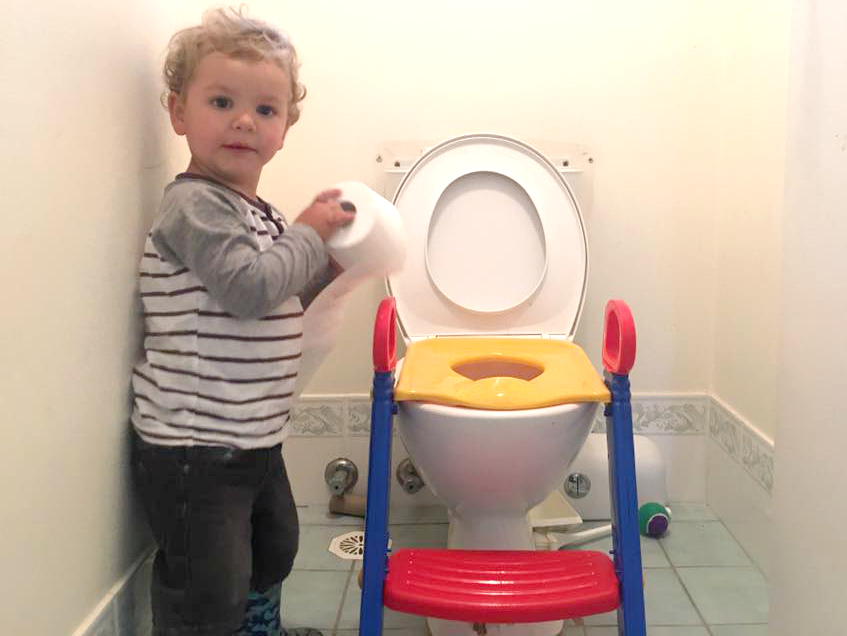Toilet training is important
Date Posted:19 December 2017
in this blog post, it contains the information about toilet training and some toilet training tips
Toilet training

sources from https://www.healthymummy.com/potty-training-products/
The best time to begin toilet training is when your child is ready to learn. Trying to toilet train too early, or getting impatient with the process, can cause your child to become stressed, and may lead to them avoiding going to the toilet. The key is to stay positive and calm, and wait for signs that your child is ready.
Most children are ready to start toilet training from around 2 or 3 years of age, although night time training often takes much longer.
By that time, most children are feeling confident and comfortable enough for successful toilet training - but not all are.
Children need to go at their own pace, not that set by parents or day care centres. Your child's behaviour is often a better guide than their age.
Toilet training requires patience. Girls are usually trained faster than boys, but not always.
Even when trained, many children still don’t have full night time bladder control until about 5 years of age, or in some cases, several years later.
During the day, children often get caught up in what they are doing and forget to take potty breaks. Expect accidents, and don’t punish or shame your child for them. Toilet training works best when there is no pressure.
Signs your child is ready

source from https://pedclerk.bsd.uchicago.edu/page/toilet-training
Watch for signs of readiness. You can probably start toilet training if your child:
- stays dry for a couple of hours at a time
- wants their nappy changed when it is wet or dirty
- has regular, well-formed bowel movements
- lets you know they have done a wee or poo, or need to do one (either with words or facial expressions)
- is able to pull their nappy or underpants up and down
- can get to the potty on their own
- shows an interest in others using the toilet.
Toilet training tips
- Dress your child in clothes that are easy to get off and on.
- Start by putting a potty chair in your child’s play area. Put your child on the potty seat when they give a signal that they need to go to the toilet. Stay calm and relaxed.
- If you are using the toilet, buy a toddler toilet seat with a smaller hole that fits inside the big toilet seat. Put a step there so they can climb up by themselves and rest their feet while they are sitting.
- Notice when your child is about to do a wee or poo. Guide them to the potty or toilet.
- Sit with your child and read to them while they sit on the potty (five minutes is long enough). Praise and hug your child for sitting quietly and trying to use the potty or toilet, even when they are not successful.
- Boys can wee standing up or sitting.
- Wipe your child’s bottom. Teach girls to wipe from front to back.
- Allow your child to pick out their ‘big boy’ or ‘big girl’ underwear after they have used the potty or toilet on their own a few times.
- Make sure you take your child’s potty chair with you when travelling, for consistency.
The goal is to make the process of toilet training as positive and natural as possible. You need to be patient for successful toilet training. However, it is a good idea to check with your doctor if your child:
- still has some wet pants by the age of 3 and a half, or 4 years
- has been dry during the day for some time, but then starts to have many wet pants again
- continues to wet the bed at night-time after the age of 5.
Reference:
Healthdirect (2017, June). “Toilet Training”. Retrieved from https://www.healthdirect.gov.au/toilet-training





